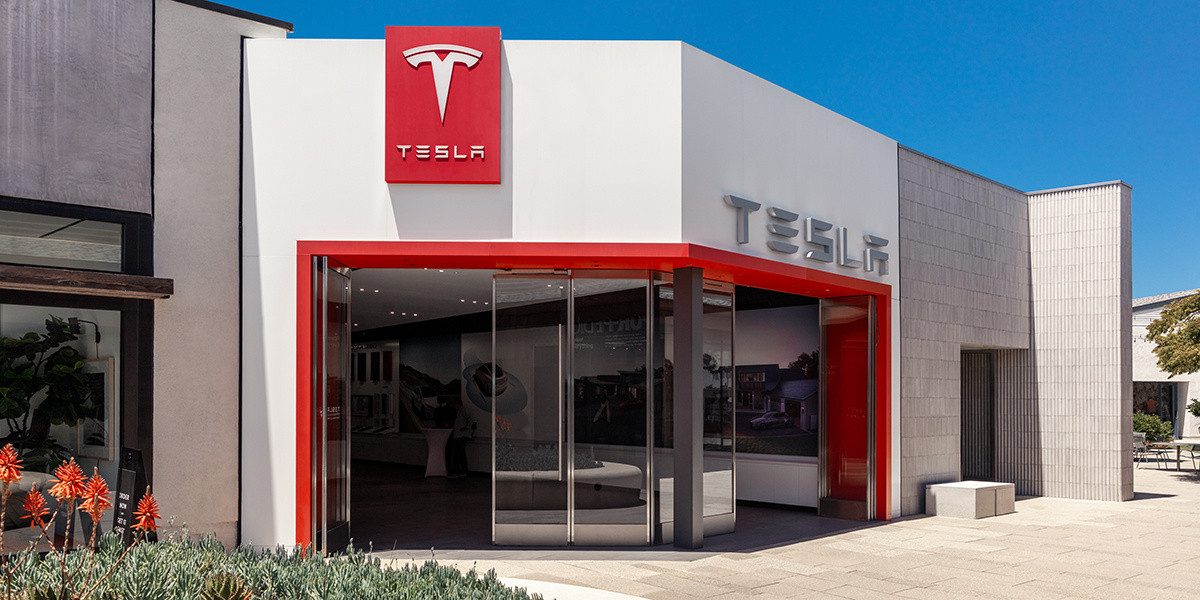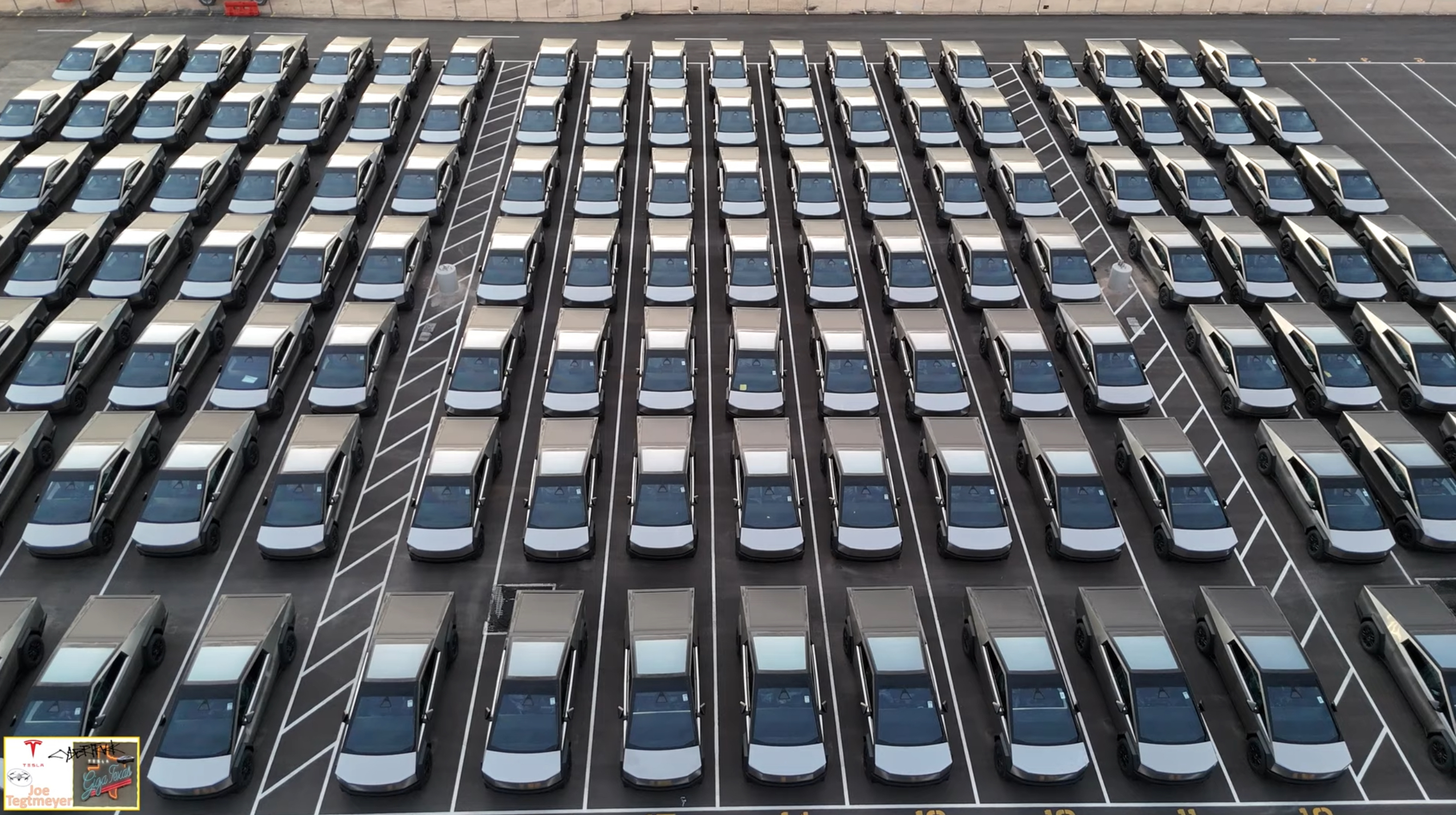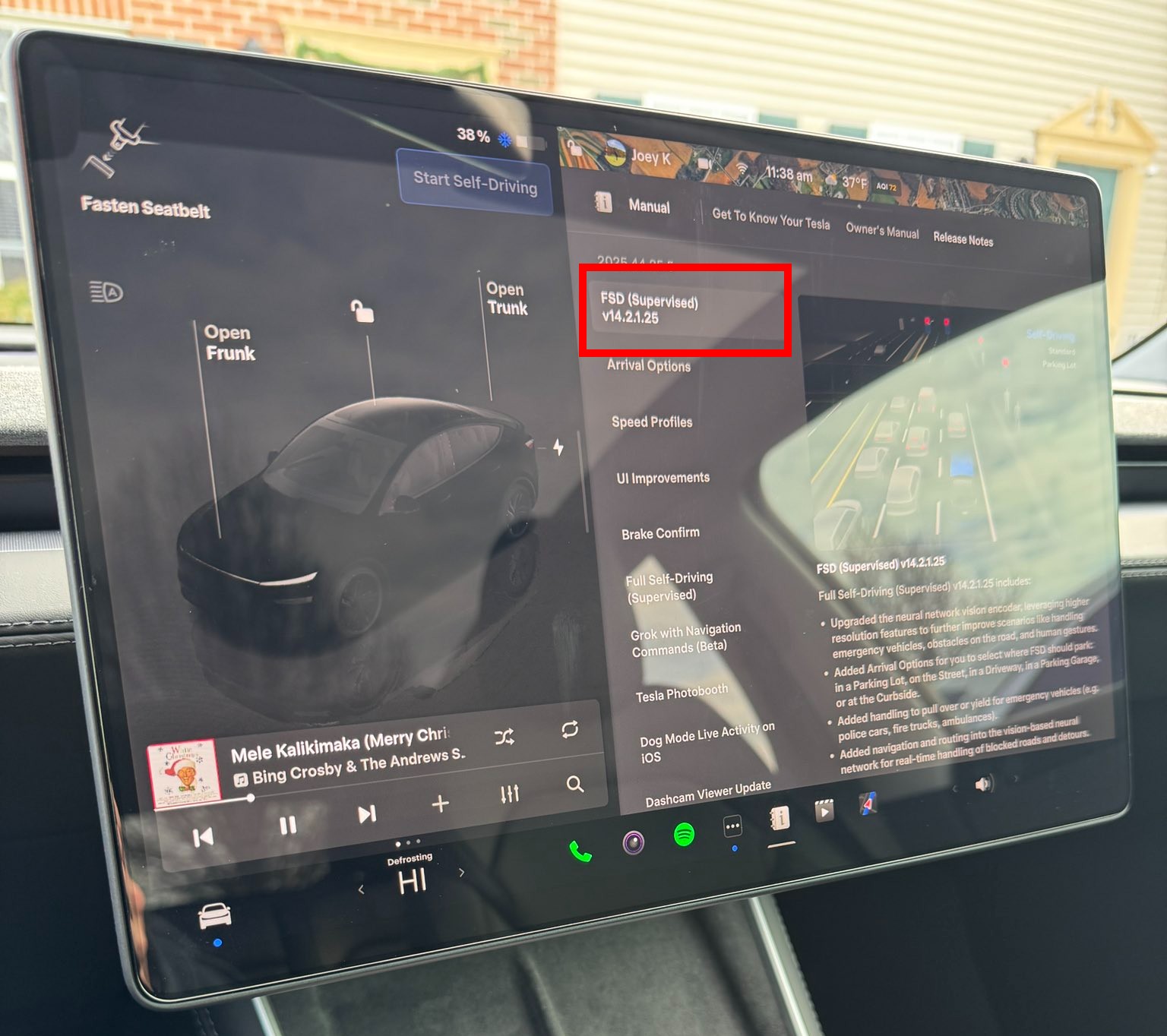News
Tesla snags Lamborghini alum to help in newly entered market

Tesla has snagged a Lamborghini alum to help with its entrance into a new market, which has proven to be an intricate situation for the automaker.
A report from Bloomberg states that Tesla has hired Sharad Agarwal, who was formerly employed by the Italian luxury carmaker, to run its operations in India. With Lamborghini, he was employed to handle operations in India.
Tesla launches in India with Model Y, showing pricing will be biggest challenge
Tesla has gone through quite a few different team members with its launch in India, starting with a few hirings a few years ago, well before the company actually committed to selling cars in the country.
The move helps Tesla streamline its executive decision-making process, as it previously had employees in India reach out to managers based in China, among other areas. Agarwal will be stationed in India and will handle the company’s operations.
Tesla’s mentality behind the strategy is to have local leadership, something that seems to cater to the market specifically.
Tesla had previously put Isabel Fan, the manager of Southeast Asia for the company, in the position. However, Tesla seemed to want someone who was more permanent and would be dedicated to India exclusively.
India has the largest population on Earth and has a massive automotive market for that reason. Tesla stands to gain a lot from a strong performance in India, and its clean energy vehicles could help with pollution of all kinds in the region.
Tesla’s path to entrance in the Indian market was a long one, as the company tried for nearly ten years to get into the elusive region. Back in 2016, CEO Elon Musk said Tesla “would love to be in India,” teasing the Model 3.
By 2017, Tesla had met with officials from the country, but tried to get import duties down to nothing from 100 percent.
Indian authorities denied Tesla’s request.
For years, Musk met with Prime Minister Narendra Modi to try and iron out a deal of some sort. Nothing truly came to fruition, at least until last year, when real movement started.
By 2024, India had introduced a strategy to reduce import duties for some companies, which was enough for Tesla to make a move. It is now 2025, and the company still has not committed to building a factory in the region. However, it is not completely out of the question.

Investor's Corner
Tesla analyst realizes one big thing about the stock: deliveries are losing importance

Tesla analyst Dan Levy of Barclays realized one big thing about the stock moving into 2026: vehicle deliveries are losing importance.
As a new era of Tesla seems to be on the horizon, the concern about vehicle deliveries and annual growth seems to be fading, at least according to many investors.
Even CEO Elon Musk has implied at times that the automotive side, as a whole, will only make up a small percentage of Tesla’s total valuation, as Optimus and AI begin to shine with importance.
He said in April:
“The future of the company is fundamentally based on large-scale autonomous cars and large-scale and large volume, vast numbers of autonomous humanoid robots.”
Almost all of Tesla’s value long-term will be from AI & robots, both vehicle & humanoid
— Elon Musk (@elonmusk) September 11, 2023
Levy wrote in a note to investors that Tesla’s Q4 delivery figures “likely won’t matter for the stock.” Barclays said in the note that it expects deliveries to be “soft” for the quarter.
In years past, Tesla analysts, investors, and fans were focused on automotive growth.
Cars were truly the biggest thing the stock had to offer: Tesla was a growing automotive company with a lot of prowess in AI and software, but deliveries held the most impact, along with vehicle pricing. These types of things had huge impacts on the stock years ago.
In fact, several large swings occurred because of Tesla either beating or missing delivery estimates:
- January 3, 2022: +13.53%, record deliveries at the time
- January 3, 2023: -12.24%, missed deliveries
- July 2, 2024: +10.20%, beat delivery expectations
- October 3, 2022: -8.61%, sharp miss due to Shanghai factory shutdown
- July 2, 2020: +7.95%, topped low COVID-era expectations with sizeable beat on deliveries
It has become more apparent over the past few quarters that delivery estimates have significantly less focus from investors, who are instead looking for progress in AI, Optimus, Cybercab, and other projects.
These things are the future of the company, and although Tesla will always sell cars, the stock is more impacted by the software the vehicle is running, and not necessarily the vehicle itself.
News
Tesla removes Safety Monitors, begins fully autonomous Robotaxi testing
This development, in terms of the Robotaxi program, is massive. Tesla has been working incredibly hard to expand its fleet of Robotaxi vehicles to accommodate the considerable demand it has experienced for the platform.

Tesla has started Robotaxi testing in Austin, Texas, without any vehicle occupants, the company’s CEO Elon Musk confirmed on Sunday. Two Tesla Model Y Robotaxi units were spotted in Austin traveling on public roads with nobody in the car.
The testing phase begins just a week after Musk confirmed that Tesla would be removing Safety Monitors from its vehicles “within the next three weeks.” Tesla has been working to initiate driverless rides by the end of the year since the Robotaxi fleet was launched back in June.
Two units were spotted, with the first being seen from the side and clearly showing no human beings inside the cabin of the Model Y Robotaxi:
A Tesla without a driver was spotted traveling on public roads! pic.twitter.com/ZLbduf4cKa
— TESLARATI (@Teslarati) December 14, 2025
Another unit, which is the same color but was confirmed as a different vehicle, was spotted just a few moments later:
NEWS: A second Tesla Model Y Robotaxi running FSD Unsupervised has just been spotted driving itself on public roads in Austin, Texas, with no one in the front seats.
This is a different car from the one spotted earlier. They have different license plates.
h/t @Mandablorian https://t.co/5URYsUGyD0 pic.twitter.com/CIUi4mXi33
— Sawyer Merritt (@SawyerMerritt) December 14, 2025
The two units are traveling in the general vicinity of the South Congress and Dawson neighborhoods of downtown Austin. These are located on the southside of the city.
This development, in terms of the Robotaxi program, is massive. Tesla has been working incredibly hard to expand its fleet of Robotaxi vehicles to accommodate the considerable demand it has experienced for the platform.
However, the main focus of the Robotaxi program since its launch in the Summer was to remove Safety Monitors and initiate completely driverless rides. This effort is close to becoming a reality, and the efforts of the company are coming to fruition.
Testing is underway with no occupants in the car
— Elon Musk (@elonmusk) December 14, 2025
It is a drastic step in the company’s trek for self-driving technology, as it plans to expand it to passenger vehicles in the coming years. Tesla owners have plenty of experience with the Full Self-Driving suite, which is not fully autonomous, but is consistently ranked among the best-performing platforms in the world.
News
Tesla refines Full Self-Driving, latest update impresses where it last came up short
We were able to go out and test it pretty extensively on Saturday, and the changes Tesla made from the previous version were incredibly impressive, especially considering it seemed to excel where it last came up short.

Tesla released Full Self-Driving v14.2.1.25 on Friday night to Early Access Program (EAP) members. It came as a surprise, as it was paired with the release of the Holiday Update.
We were able to go out and test it pretty extensively on Saturday, and the changes Tesla made from the previous version were incredibly impressive, especially considering it seemed to excel where it last came up short.
Tesla supplements Holiday Update by sneaking in new Full Self-Driving version
With Tesla Full Self-Driving v14.2.1, there were some serious regressions. Speed Profiles were overtinkered with, causing some modes to behave in a strange manner. Hurry Mode was the most evident, as it refused to go more than 10 MPH over the speed limit on freeways.
It would routinely hold up traffic at this speed, and flipping it into Mad Max mode was sort of over the top. Hurry is what I use most frequently, and it had become somewhat unusable with v14.2.1.
It seemed as if Speed Profiles should be more associated with both passing and lane-changing frequency. Capping speeds does not help as it can impede the flow of traffic. When FSD travels at the speed of other traffic, it is much more effective and less disruptive.
With v14.2.1.25, there were three noticeable changes that improved its performance significantly: Speed Profile refinements, lane change confidence, and Speed Limit recognition.
🚨 Many of you asked us to test highway driving with Tesla Full Self-Driving v14.2.1.25. Here’s what we noticed:
✅ Speed Profiles are significantly improved. Hurry Mode is no longer capped at 10 MPH over the speed limit, and now travels with the flow of traffic. This is much… pic.twitter.com/48ZCGbW0JO
— TESLARATI (@Teslarati) December 13, 2025
Speed Profile Refinement
Speed Profiles have been significantly improved. Hurry Mode is no longer capped at 10 MPH over the speed limit and now travels with the flow of traffic. This is much more comfortable during highway operation, and I was not required to intervene at any point.
With v14.2.1, I was sometimes assisting it with lane changes, and felt it was in the wrong place at the wrong time more frequently than ever before.
However, this was one of the best-performing FSD versions in recent memory, and I really did not have any complaints on the highway. Speed, maneuvering, lane switching, routing, and aggressiveness were all perfect.
Lane Changes
v14.2.1 had a tendency to be a little more timid when changing lanes, which was sort of frustrating at times. When the car decides to change lanes and turn on its signal, it needs to pull the trigger and change lanes.
It also changed lanes at extremely unnecessary times, which was a real frustration.
There were no issues today on v14.2.1.25; lane changes were super confident, executed at the correct time, and in the correct fashion. It made good decisions on when to get into the right lane when proceeding toward its exit.
It was one of the first times in a while that I did not feel as if I needed to nudge it to change lanes. I was very impressed.
Speed Limit Recognition
So, this is a complex issue. With v14.2.1, there were many times when it would see a Speed Limit sign that was not meant for the car (one catered for tractor trailers, for example) or even a route sign, and it would incorrectly adjust the speed. It did this on the highway several times, mistaking a Route 30 sign for a 30 MPH sign, then beginning to decelerate from 55 MPH to 30 MPH on the highway.
This required an intervention. I also had an issue leaving a drive-thru Christmas lights display, where the owners of the private property had a 15 MPH sign posted nearly every 200 yards for about a mile and a half.
The car identified it as a 55 MPH sign and sped up significantly. This caused an intervention, and I had to drive manually.
It seems like FSD v14.2.1.25 is now less reliant on the signage (maybe because it was incorrectly labeling it) and more reliant on map data or the behavior of nearby traffic.
A good example was on the highway today: despite the car reading that Route 30 sign and the Speed Limit sign on the center screen reading 30 MPH, the car did not decelerate. It continued at the same speed, but I’m not sure if that’s because of traffic or map data:
🚨 We listened to and read a lot of you who had a complaint of Tesla Full Self-Driving v14.2.1 incorrectly reading Speed Limit signs
This appears to be resolved in v14.2.1.25.
Here’s a breakdown: pic.twitter.com/TEP03xrMbt
— TESLARATI (@Teslarati) December 13, 2025
A Lone Complaint
Tesla has said future updates will include parking improvements, and I’m really anxious for them, because parking is not great. I’ve had some real issues with it over the past couple of months.
Today was no different:
🚨 My lone complaint with my drive on Tesla FSD v14.2.1.25 was this strange parking instance.
FSD swung out wide to the left to pull into this spot and this is where it seemed to be stumped. I gave it about 10 seconds after the car just stopped moving for it to make some… https://t.co/ZEkhTHOihG pic.twitter.com/TRemXu5DLf
— TESLARATI (@Teslarati) December 13, 2025
Full Self-Driving v14.2.1.25 is really a massive improvement over past versions, and it seems apparent that Tesla took its time with fixing the bugs, especially with highway operation on v14.2.1.








